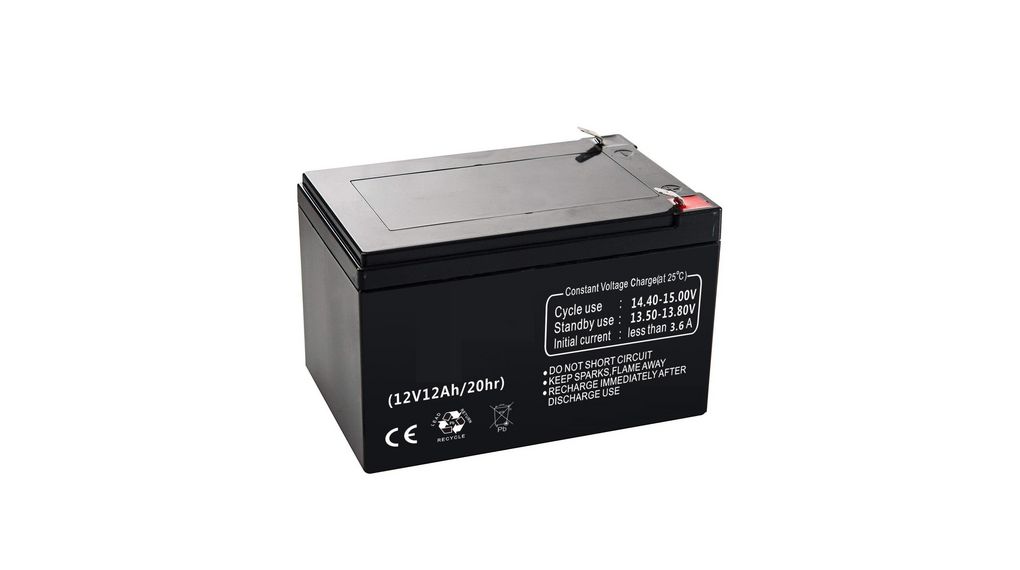Rack mount power supplies are used in testing equipment and IT technology to mount IT hardware like servers and network switches. If you seek rack-mounted power supplies, It is important to choose the right one. Consider RND high-quality power supplies with excellent efficiency at a low price.
Although most power supplies use hardwired circuit connections to power their loads, some use wireless energy transfer to generate energy for their loads without physical connections. There are different types of power supplies available with varied voltage rates. The range of AC-DC power supplies is still growing. To make the choice easier, this article focuses on rackmount power supplies.
RND Power
RND is a brand designed to fulfil the needs of electronic, electrical, and maintenance professionals. RND Power has a wide range of power inverters and converters. An inverter is required to run AC appliances from the camper battery bank and converter to charge the batteries from shore power.
Rack mounting power supplies
Rack mounted power supplies convert alternating current (AC) to direct current (DC) and distribute it to each component of an electronic device. The rack mount DC power supplies are stored in a rack. Holders stack many of these small yet strong power supplies in a single rack or use them as a stand-alone power source. It is possible to supply larger voltages or current to your devices by connecting two or more power supplies. Rackmount power supplies are widespread in computers and are essential for providing power to each component.
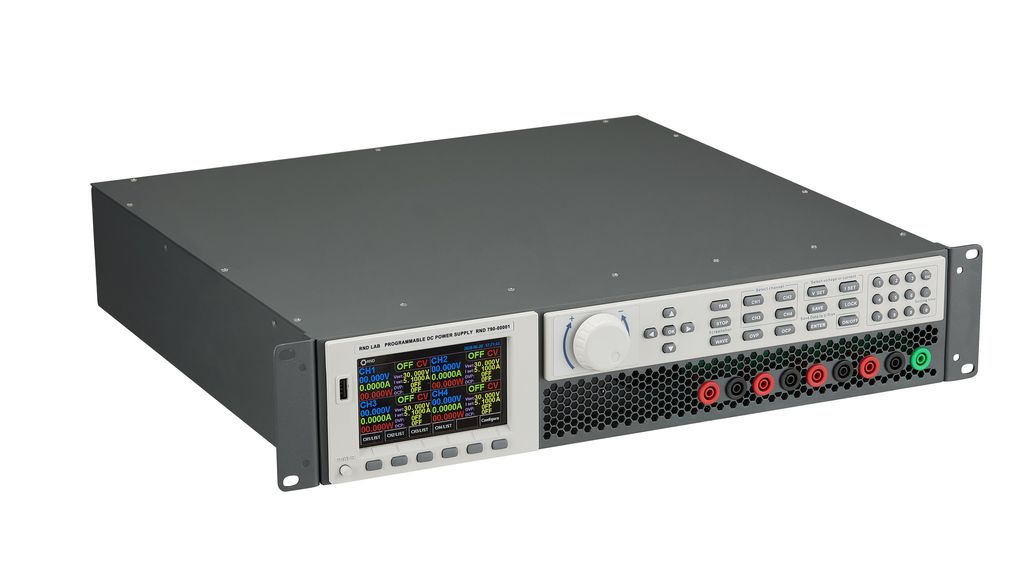
Multiple Channel DC Power Supply, 30V, 5A, 600W, Programmable, RND Lab
This multiple-channel DC power supply has 4-channel independent output with a LIST programmable output sequence, 100 consecutive different settings as well as LIST mode and normal mode to switch automatically with one key. It has low chopping, low noise, high resolution and precision with a 5 digit display. Safe with temperature protection and straightforward with external trigger and switch control.
The DIN rail power supply is a rack mounting supply that is commonly seen in electrical equipment cabinets. It is versatile, efficient and compact. The mount DIN rail comes with various specifications and functions, such as universal AC single phase input voltage range, and DC output voltages. It mounts electrical devices in racks, panels, control cabinets and enclosures. DIN rail power supplies can be easily connected, installed and maintained.
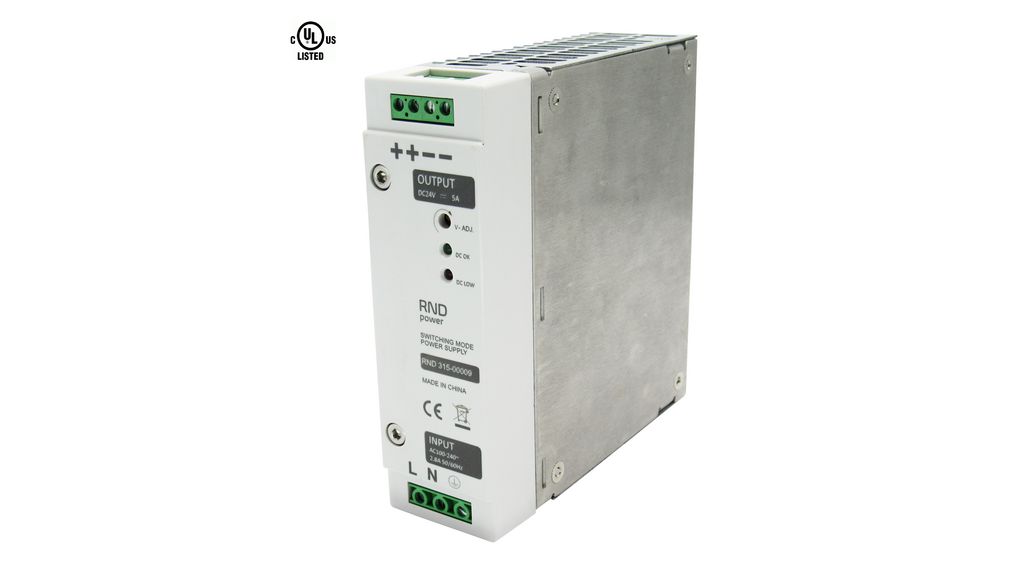
AC/DC DIN Rail Mounted Power Supply, 24V, 5A, 120W, Adjustable, RND Power
This AC/DC DIN Rail Mounted Power Supply is ideal for factory automation, traffic and transportation systems and other industrial applications. It has all round protections: short circuit, over-voltage, over-current and over-temperature. It is a full load burn-in test and cooling by free air convection.
Rackmount and DIN rail power supplies are perfect for production testing, electronic system development, component burn-in, and other applications. All computer parts, such as electronic chips on the motherboard, as well as adapters to the motors in the hard drive and optical drive, cannot work without the DC power. The DC power supplies can provide this power to several components at the same time.
Choosing rack mount power supply
Nowadays, rack mount power supplies are still popular and used mainly in IT technology. They are utilized to mount IT gear like servers and network switches. Companies focused on test equipment are also large users of rack mount power supplies.
There are some important factors to consider when selecting a power supply for your test system:
1. Rack unit dimensions
Before deciding on the size, consider all the equipment you’ll want to install in the rack and if possible, leave additional space for future expansion. All you have to do is make sure the test equipment you want to put in, complies with the standards. There are different types of rack mounting supplies, some are floor-standing where others are compact. Rack enclosures are versatile and provide solutions for different applications.
42U, 45U, and 48U are common heights for floor-standing racks and rack enclosures, with bespoke options up to 58U, where U equals 1.752 inches. Usually, their width varies from 19 inches to 24 inches (45-60 cm). But wider enclosures are available to accommodate cabling without blocking airflow. If your system is required to operate in an environment where there is no temperature regulation, it is especially important. The standard rack measures 19 inches and 42U.
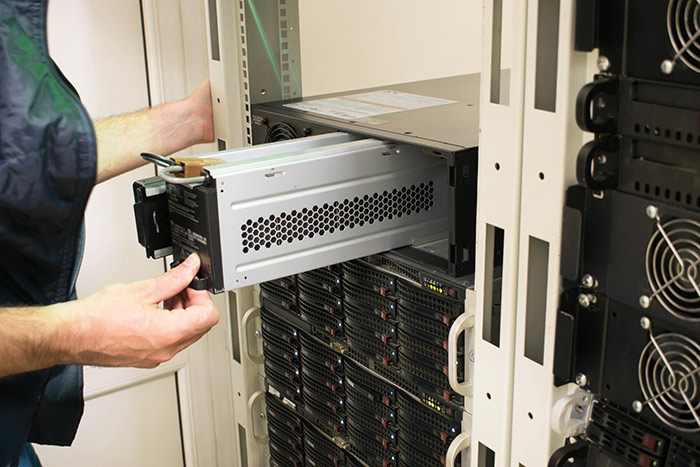
The rack’s load rating, or its weight capacity, indicates how much weight it can safely support. Add the weights of all the things you wish to put on the rack together, then add a safety factor to account for any more items you might require. If you’ll be moving the rack regularly, look for the rolling or dynamic load rating as well as the fixed or static load rating.
Make sure the depth of your rack is sufficient to fit your equipment as well as any wiring. Take into account the minimum bending radius of the wires you will be using, as well as the connector depth. A cable with an excessive bending radius is subjected to undue stress, which may cause it to break sooner than intended.
Rack unit measurements in short
- Server rack height – when purchasing data centre racks, the standard rack measurement is 42U to 48U. These dimensions are convenient because it is large enough to allow for growth and small enough to allow for easy access to equipment. You may also come across 22U and 27U rack (‘half-rack’) enclosures when looking for rack enclosures.
- Server rack width – 19 inches is the most common standard server rack width. The mounting width of most rack-mounted equipment, particularly servers, is 19 inches measured from one hole to the next.
- Server rack depth – server racks come in a variety of depths, ranging from 0 to 50 inches, but the most typical depths are 24 and 48 inches. A 24-inch rack is ideal for storing network equipment, patch panels, AV equipment, and other similar items.
2. Cooling and temperature
It is critical to select a power supply without fans or forced air conditioning which have a very high efficiency and therefore generate little heat loss. The operational temperature range standard must be minimally cleared to verify that the power supply is valid.
Because DIN rail power supplies are often small, their systems are frequently put on the backplate, which protects them from harsh environmental conditions.

3. Protection
DIN rail mounted power supplies are designed to operate safely for some time without the need for supervision. However, any piece of equipment could fail at any time. Both the incoming mains supply and the load they support can cause damage. To avoid a potentially dangerous situation, make sure the power supply is completely secured against short circuits, overloads, overheating, and overvoltage.
Any AC-DC power supplies must meet the international safety standard IEC 60950-1 for IT and industrial equipment. Isolation testing is typically performed with two voltages: 3 kVAC and 4 kVAC. This requires your device to pass a 3 kVAC input to output isolation test in order to be compliant. The 3 kVAC test is also required by the IEC61010 standard, which pertains to test and measurement equipment.
4. Efficiency
The highest efficiencies of power supplies are achieved under partial load. The majority of power supplies on the market today are rated at least 80%. Producers often mark their products with ‘80 Plus’ accreditation indicating that a power supply is at least 80% efficient at 20%, 50%, and 100% loads. A 500 Watt power supply with 80 Plus certification would draw 625 Watts of electrical power on the input side at full load (100%). Of this, 80% (500W) is delivered as electrical power on the secondary side and 125 watts are losses that must be dissipated as heat. With an efficiency of 90%, the power loss is reduced to 55 watts. According to the EU directive, losses in stand-by mode must not be higher than 0.1 W.
5. Voltage range
Especially in test or development systems, the accuracy of DC voltage output is crucial. To ensure correct and easy application, it depends on DC supplies. A stable DC voltage is often required in any fluctuations, outages, surges or changes to the current DC output. Also in industrial applications, current outputs are useful. They let the power supply output remain stable during uncommon output surge current demands.
Some organisations are using DC power distribution systems to reduce transmission loss and gain some other savings. The DIN rail system is possible to use in Europe, UK, North America and others. PSUs with AC input ranges are 127-370 Vdc.
To ensure the safety of the product, RND power supplies are protected against over-voltage and over current and often provide cooling by free air convection.
RND Power Supplies
RND supplies are distinguished into categories: RND Cables, RND Lab, RND Components, RND Connect and the youngest brand, launched in February 2018 – RND Power. RND Power offers a wide range of power supplies, including DIN-Rail Power Supplies, External Plug in Adapters, Batteries and Chargers, DC/AC inverters and Power Supply Accessories, including Raspberry Pi power supply.
RND power supplies are universal with exchangeable adapter connectors for devices with Euro plugs to use units in sockets all over the world. When it comes to powering DC operated equipment, RND is the convenient and compliant option.
More RND Power recommended products
Inverters
An inverter is a portable device required to run AC appliances, converting Direct Current to Alternating Current or DC-AC. Used for a range of automotive applications, Inverters are connected to power sources by connection via the vehicle’s cigarette socket, because of this, they are often used in travelling and used widely by truck drivers, as well as for camping and caravanning situations, and power heaters, white goods and cooking equipment and can also power tools, laptops and other devices that require power on the move.
DC/AC Inverter 12V 600W Schuko, RND Power
This RND DC/AC Inverter has a large area of heat dissipation, modified sine wave, auto operation fan with high power mosfet. Designed for converting 12 V DC to 230 V AC. With an output short circuit protection and low battery, overheating and overload alarm.
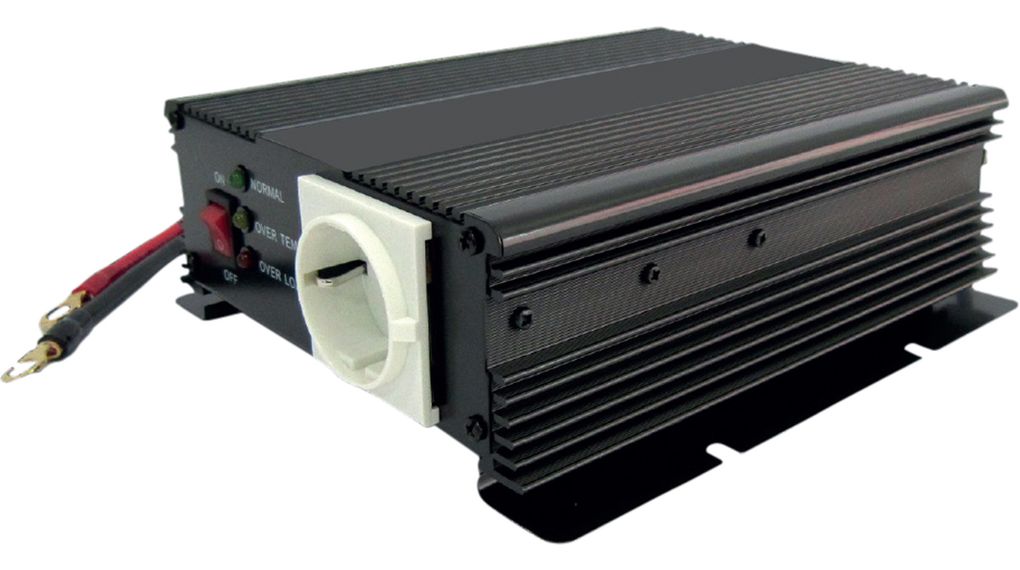
Inverter Sine 24V 2kW Schuko, RND Power
The RND Sine inverter has a pure sine-shaped wave output voltage. Designed for sourcing 230 V devices from the automobile’s or boat’s electrical systems. The best suitable for use in solar-powered systems or other battery-powered types. It is protected against short-circuit, over-voltage, overload and over-temperature. Perfect for devices such as measuring instruments, audio systems, etc.
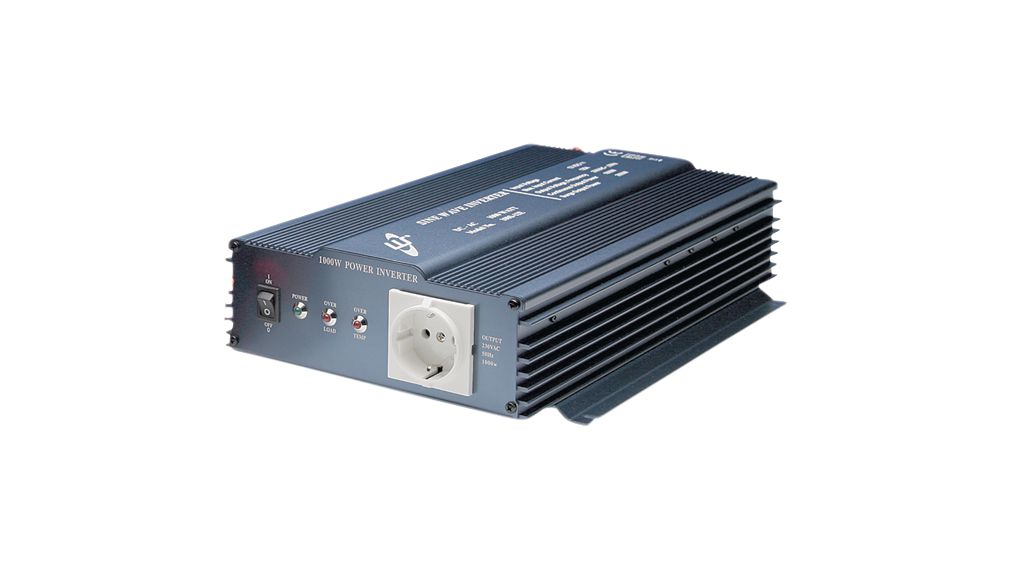
External Plug in supplies
Plug-in power supplies (PSU) are used to convert AC from a mains supply to DC for smaller appliances such as PCs and laptops. A reliable way to power your devices, and highly efficient, compact and compliant.
USB Charger, USB Type C, 5.1V 3A, RND Power
Interchangeable plugs included in delivery: UK, EURO, USA, AUS. The RND USB-C power adapters are ideal for use with Raspberry Pi computers and compatible with electronic devices such as mobile phones, tablets, laptops with fast charging capabilities.
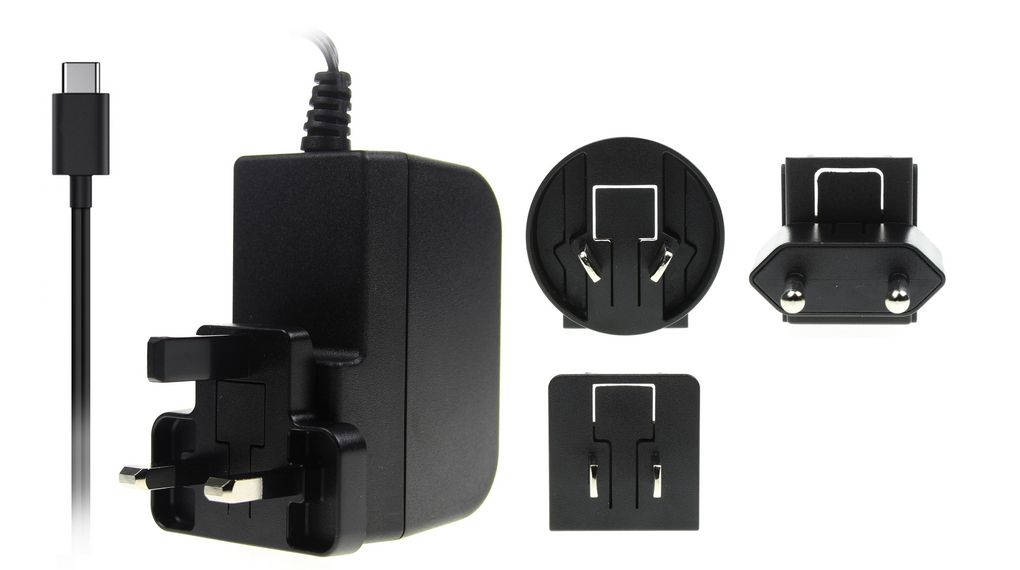
Desktop Power Supply Unit, 12VDC, 16A, 192W, RND Power
Energy efficiency doE level VI / ErP ( stage 2 ) / GEMS / NRCan / CEC with regulated output with low ripple noise. Suitable for usage at telecommunication, computer, industrial controller, OA system.
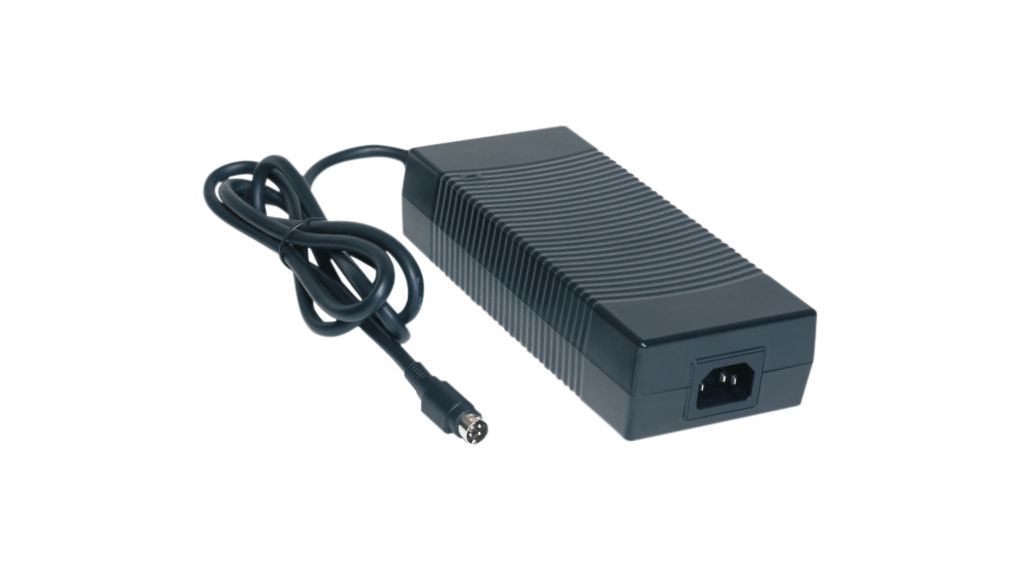
Battery Chargers
Designed to drive electrical energy back through a cell or a battery in order to recharge the cell, you can charge your batteries a larger number of times, if it is rechargeable. Recharging your battery’s energy, and restoring it, means expanding the performance life, making it cost effective, Eco friendly and reliable.
Battery Charger, Lead-Acid 12V 5A 100 … 240V IP55, RND Power
The RND battery charger is a switch mode, MCU controlled charging. Suitable for 12V lead acid batteries ranging from 5AH to 120AH, including GEL and AGM. It has easy one button charging selection, can be permanently connected to the battery, has over-temperature protection and is dust proof. This battery charger has electronic output short circuit and reverse polarity protection.
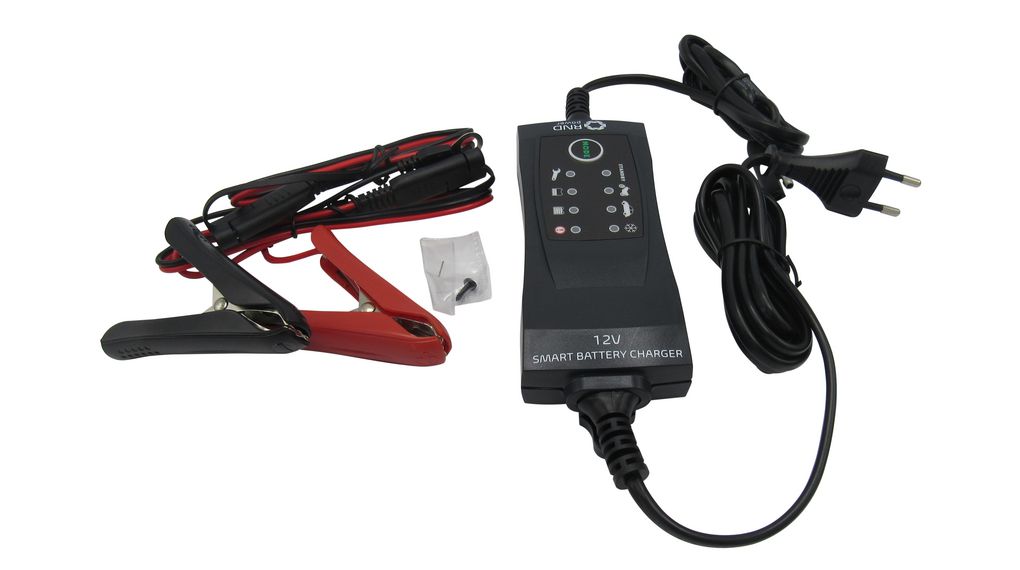
Rechargeable Battery, Lead-Acid, 12V, 12Ah, Blade Terminal, 6.3 mm, RND Power
Lead-acid batteries have many uses in today’s world and RND offers a range of sizes and voltages. This rechargeable battery has over three years floating charge life, high capability adsorptive clapboard and valve-regulated and sealed configuration.
